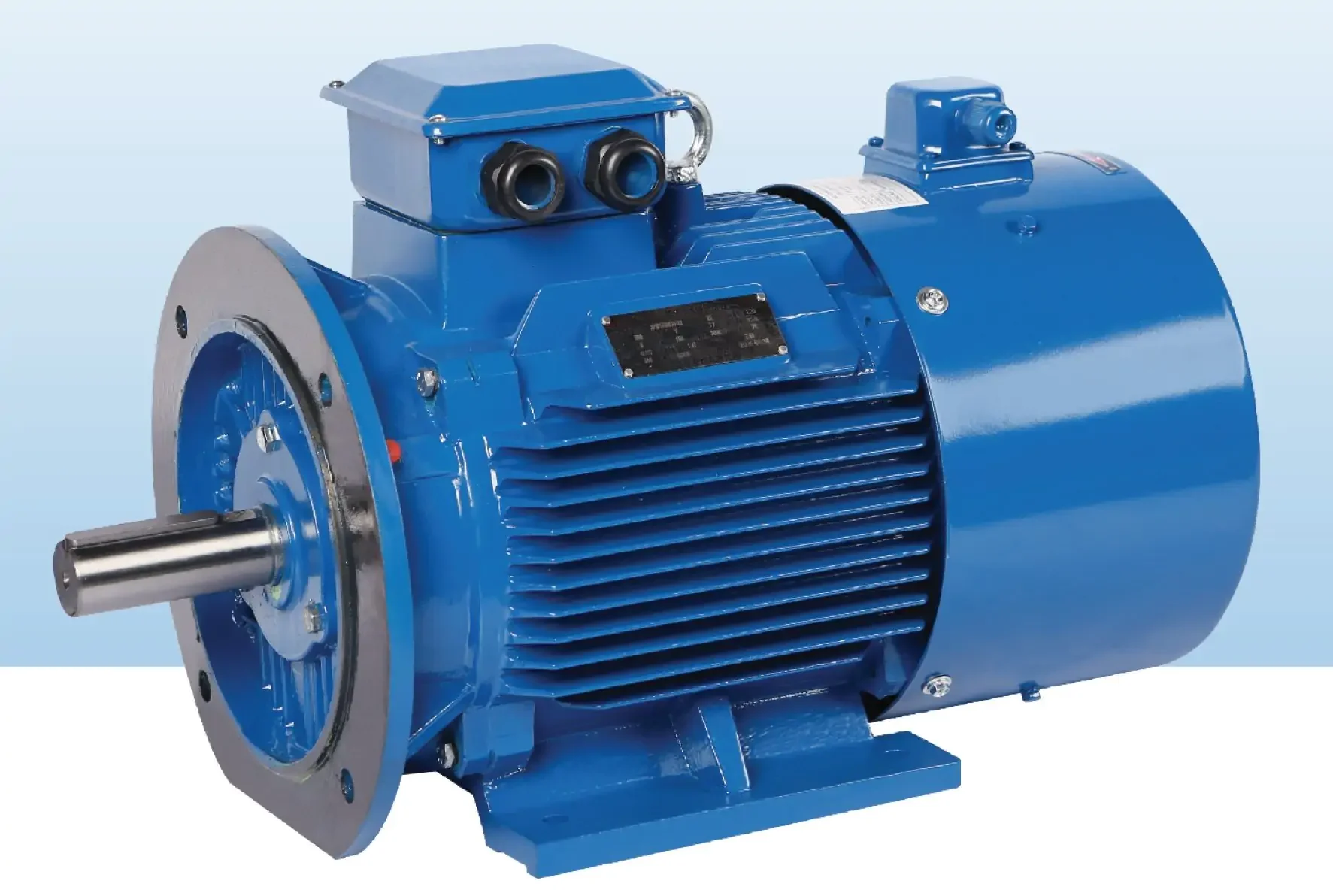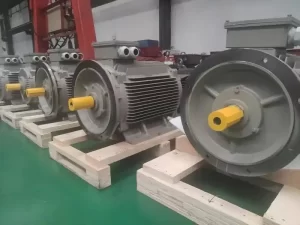Demagnetization in Permanent Magnetic Synchronous Motors (PMSM) refers to the reduction or loss of magnetism in the motor’s permanent magnets. This phenomenon can significantly impact the performance and efficiency of PMSM, leading to decreased torque output, increased power consumption, and potential motor failure. Understanding the implications of demagnetization is crucial for maintaining optimal motor function and longevity.

Temperature degradation is one of the primary causes of demagnetization in PMSM. Operation at high temperatures can cause the permanent magnets to lose magnetism. The above situation is true for magnets with lower Curie temperature, in a way that high temperature can induce the irreversible loss of magnetism.
Overcurrents may lead to magnetic material reaching saturation level and becoming demagnetized. When the magnetic field exceeds what can be supported by the material as its magnetism, it leads to loss of magnetic flux density, which impacts the motor operation.
External magnetic fields may become coupled with the internal magnetic field of PMSM. Magnetic domain reorientation of magnets with coupling to the internal magnetic field causes partial or complete demagnetization over a period of time.
PMSM demagnetization may result from aging and material fatigue over a period of time. Thermal cycling and mechanical stress due to repeated use deteriorate magnetic properties, reducing overall effectiveness and efficiency.
High-performance permanent magnet selection is to be done to prevent demagnetization risks. Neodymium-Iron-Boron (NdFeB) magnets are more magnetically powerful than ferrite magnets but more prone to thermal degradation. Ferrite magnets are more temperature-stable but less magnetically strong.
Utilize temperature-resistant magnet grades for the prevention of temperature demagnetization. High-temperature strength is maintained in the grades with no loss in substantial magnetism, and these ensure reliable motor performance under varied conditions.
Novel technologies of coatings elongate the endurance and integrity of permanent magnets up to environmental conditions of demagnetization. They apply epoxy or nickel plate-type coatings as protective barriers against corrosion and mechanical wear.
Minimization of the magnetic circuit design is extremely crucial to the stability of the PMSM flux. Properly designed circuits yield maximum field distribution, with least localized saturation, and better overall efficiency of the motor.
Ventilation channels on rotors are used to create provisions for the release of heat generated by the working of motors. Passages help in allowing air movement through delicate parts for the best temperature and thermal deterioration-related risks.
A choice between air cooling and liquid cooling is an application-specific choice. Liquid cooling provides superior heat removal than air cooling with the cost of extra complexity and expense over air cooling systems.
Adding temperature sensors to PMSM introduces real-time monitoring functionality. Sensors provide accurate detection of overheating conditions, which enables intervention before fatal damage is incurred.
Thermal derating algorithms employ ensures motor control based on actual-temperature indication. Through dynamic power output limitation at high temperatures, the algorithms prevent demagnetization from over-heating.
FOC optimization involves d-axis current minimization at carrying out flux weakening operations in order not to overheat motors excessively and reduce stresses on permanent magnets, hence their long-term retention of magnetic properties.
Model Predictive Control (MPC) methods distribute losses in the motor components evenly to avoid localized heating that leads to demagnetization tendencies increasing.
Dynamic torque and current control delivers load balancing in PMSM. Through avoiding abrupt current or torque requests, the method delivers stable operating conditions beneficial to long-lasting magnet health.

The rotor configuration is a highly crucial factor in the prevention of demagnetization of PMSM. Double-layer and V-shape magnet topologies have been developed to make the rotor extremely strong. The two configurations offer improved magnetic coupling and reduced leakage flux, thus an equalized magnetic field in the motor. The two configurations optimize the magnetic forces in a manner that they are evenly distributed with no concentration of stress, thus resulting in demagnetization.
Magnet thickness optimization is another critical aspect in rotor design. Thicker magnets have greater thermal load and stresses and are also less demagnetization-prone. Too much thickness, however, will increase weight and inertia, affecting motor dynamics. A balance between magnet thickness and motor efficiency is therefore necessary to enhance resistance against demagnetization without reducing efficiency.
Anti-demagnetization shields that are integrated into motor design concepts are extremely useful to demagnetize permanent magnets due to undesirable external conditions. Strategically placing shields enables the magnets to be protected from external magnetic fields and mechanical stresses that could affect their performance. Physical separation of magnets and potential interference zones by such shields is responsible for maintaining magnets integrity and necessary magnetic properties that are crucial to motors satisfactory performance.
Two of the principal reasons for demagnetization of PMSM are vibration and mechanical stress. Installation of vibration damping systems such as elastomeric mounts or dampers wipes out the coupled vibrations with the motor elements. Installation of stress-relieving apparatus such as flexible couplings or compliant members in the motor structure also burdens the mechanical loads more evenly into the structure. Both of these measures eliminate the mechanical fatigue propensity towards demagnetization.
The incorporation of real-time fault diagnostic systems enhances operational maintenance because it enables early identification of possible faults in PMSM. The systems utilize advanced sensors and diagnostic algorithms to monitor key parameters such as temperature, vibration, and currents. By detecting anomalies in real time, the operators can switch to March before the conditions worsen to severe faults causing demagnetization.
Preventive maintenance policies must be installed in order to attain long-term PMSM reliability. Preventive servicing inspections and regular inspections allow determination of wear-and-tear components which, when overlooked, result in demagnetization. Cleaning of cooling systems, checking of electrical contacts, and checking the alignment of moving parts must be carried out in maintenance. Periodic maintenance allows the operators to attain the maximum achievable life of PMSM while minimizing risks of demagnetization.
ENNENG provides personalized PMSM solutions for enhanced torque, efficiency, and demagnetization resistance. ENNENG motors have anti-demagnetization barriers and vibration damping for noiseless operation. Supported by real-time monitoring and predictive maintenance, ENNENG ensures high-performance, dependable motors with innovation supported by research and continuous development.